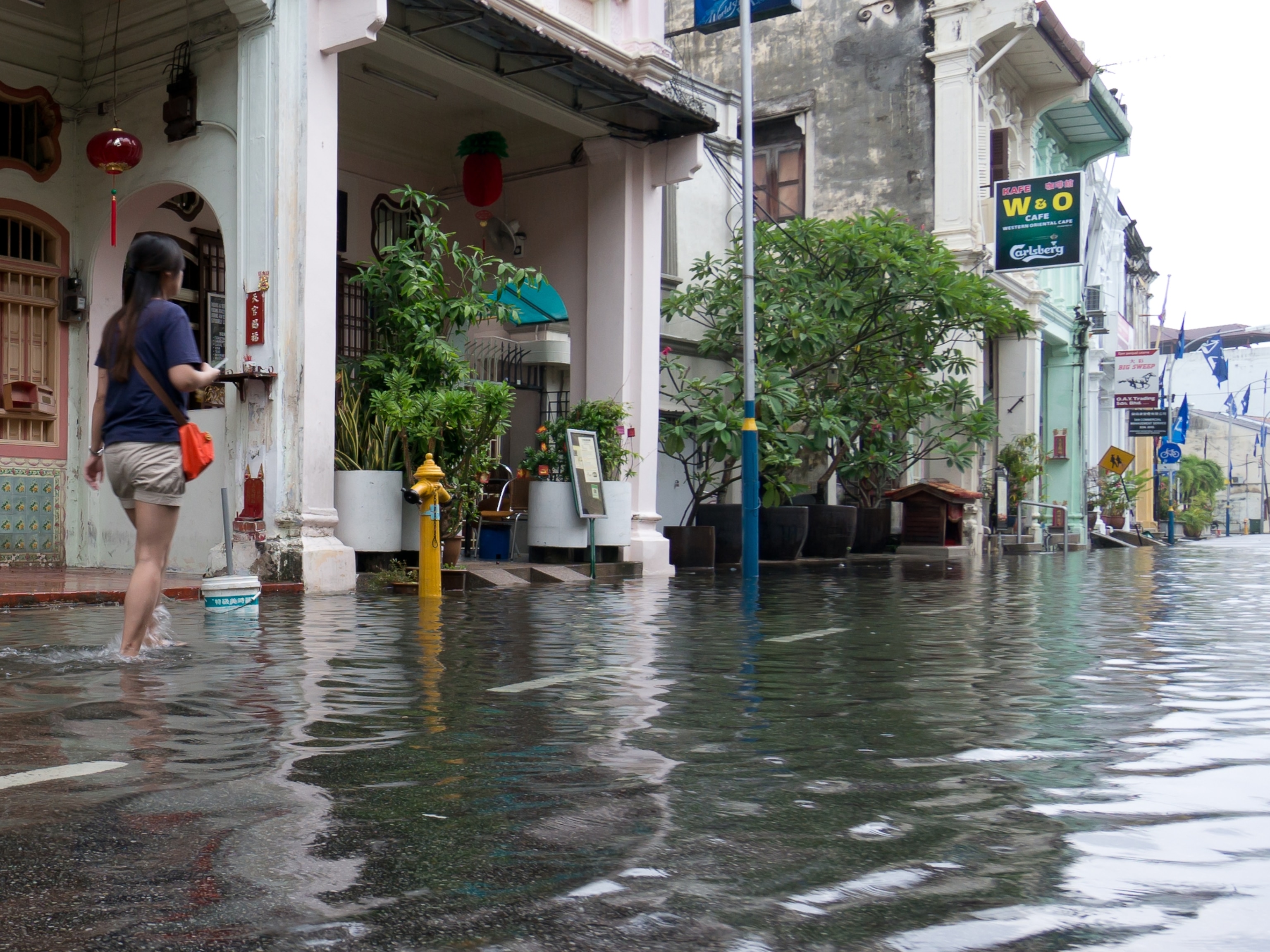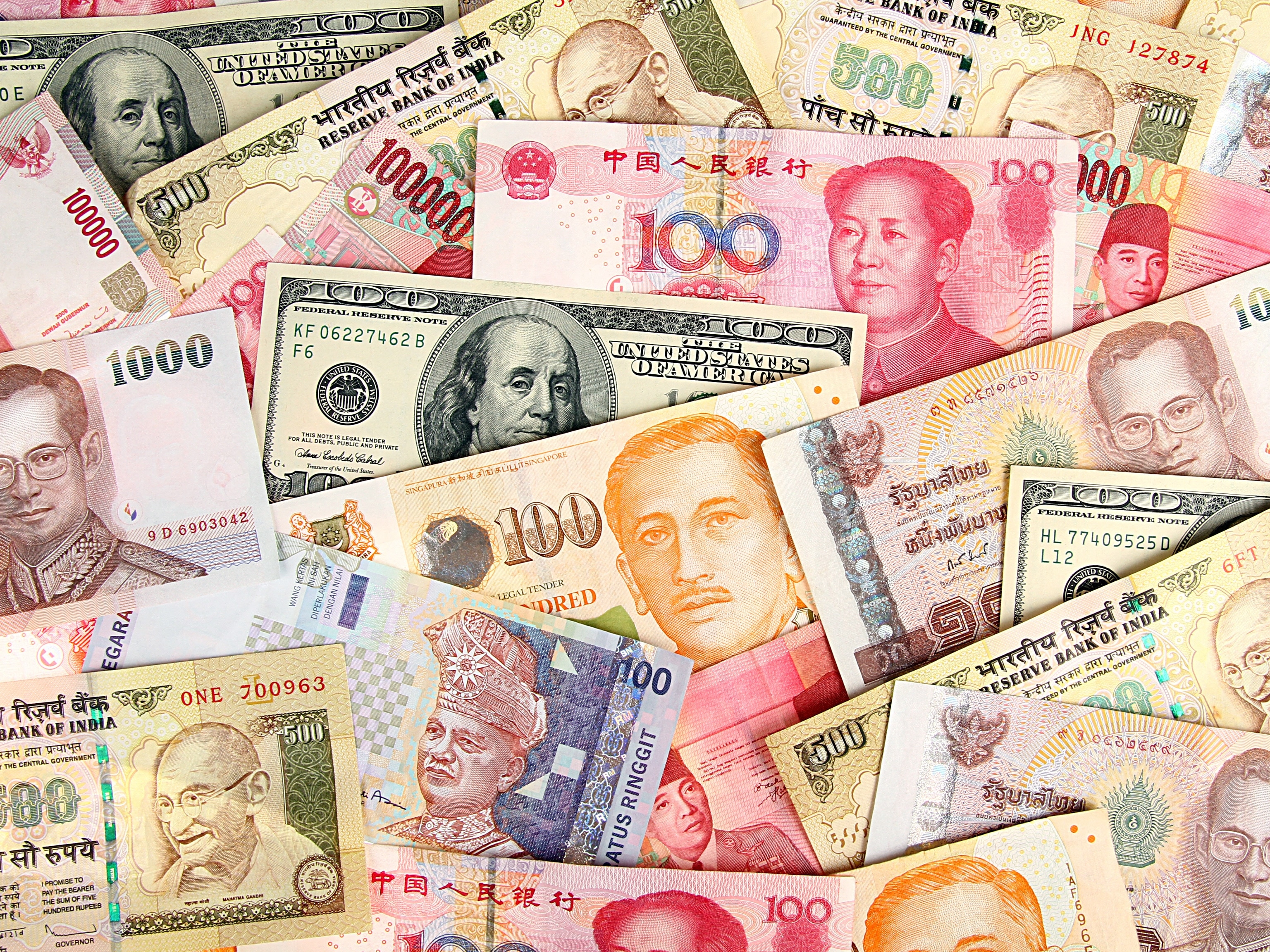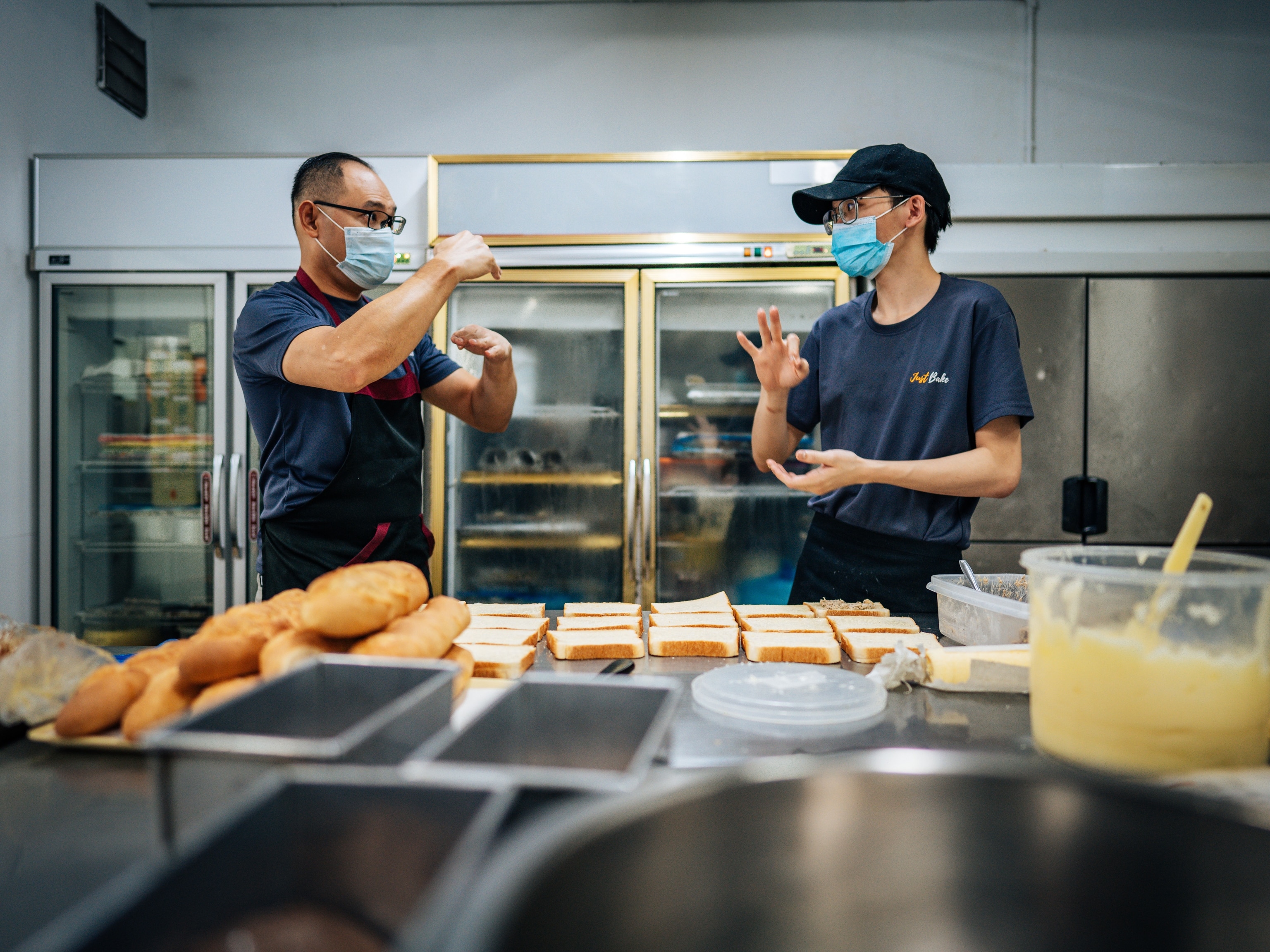
Technology is opening avenues for traditional businesses
Superapps are helping traditional businesses by giving them tools for success in a rapidly digitizing world.
Small to medium enterprises (SMEs) make up 99% of businesses in Southeast Asia. Many of them are traditional businesses, like family-run food stalls and wet market operators. These businesses are well-integrated into their communities and are a big part of the region’s cultural heritage.
These businesses usually rely on support from regular customers, and some of them have followed the same brick and mortar business model for several generations.
The Covid-19 pandemic and government-mandated movement restrictions made it difficult for these businesses as their main customer base could no longer visit them. Without regular footfall, these businesses were faced with the hard question of how to survive.
While challenging, this also created an opportunity for traditional businesses to look beyond how they usually operate and tap on technologies like superapps to adapt and thrive during the pandemic.
Using technology to bolster business
Consumer behavior changed drastically during the pandemic as 62% of people increased their usage of grocery delivery services, and 65% of them increased usage of food delivery services.
However, some SME operators are not tech-savvy and converting their offline sales channels to online ones like a website or a digital storefront had a steep learning curve and in the past required a lot of time and effort.
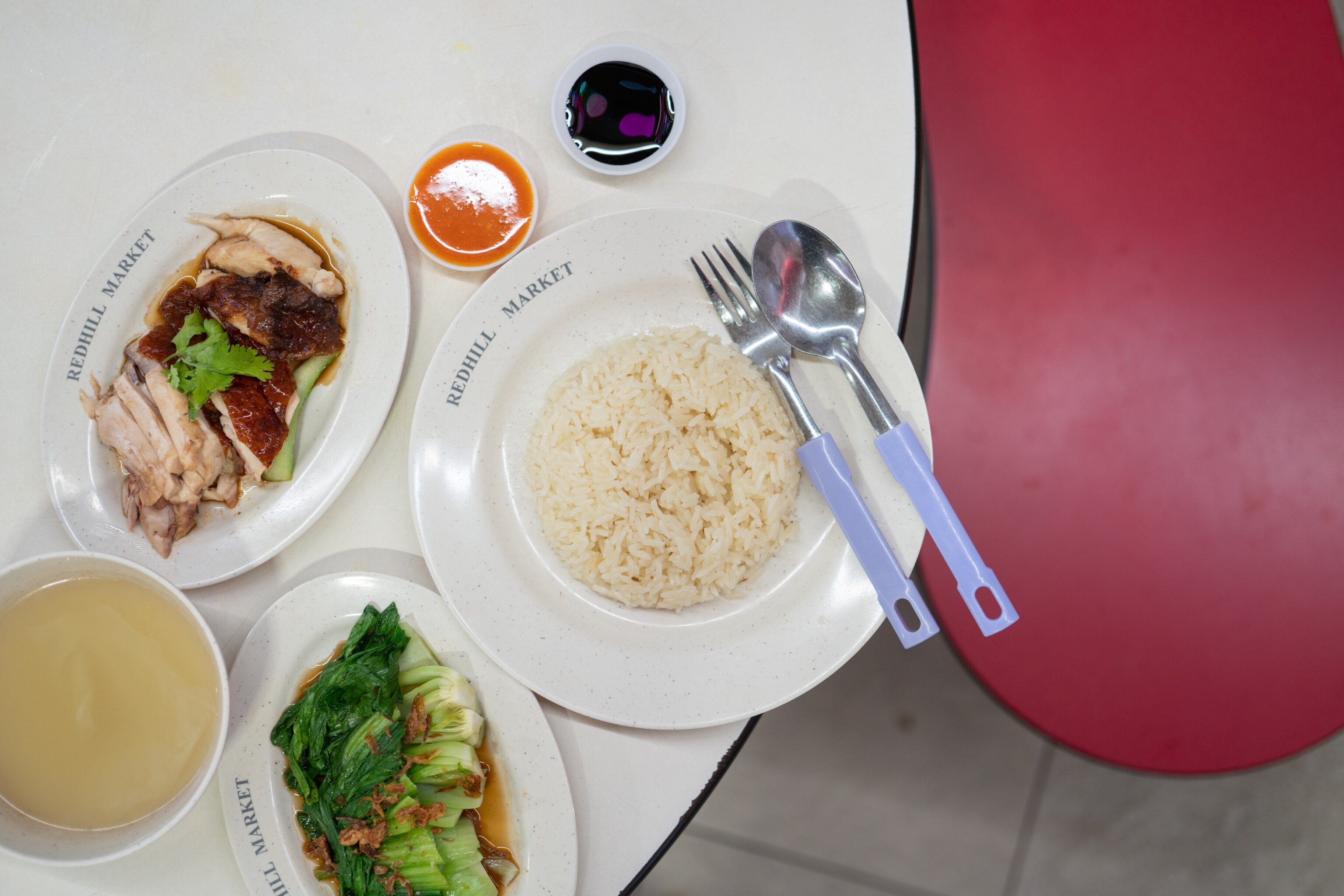
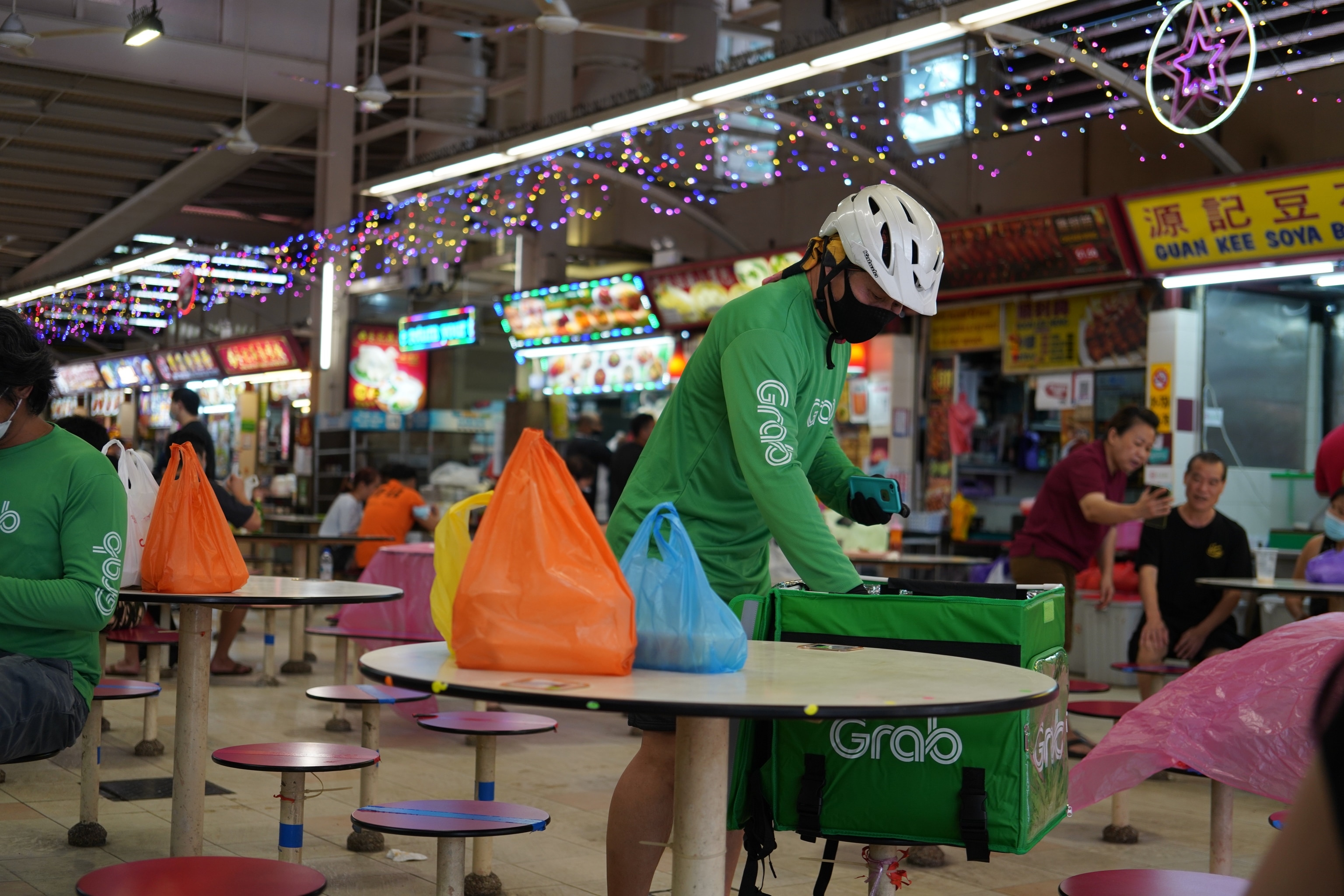
This is where superapps like Grab bridged the gap because joining their platform requires minimal knowledge of technology. Integration became much easier and businesses could tap on the benefits of the digital revolution immediately.


One example of a traditional operator that has been helped by digitization is Nurlela Sembiring from Medan, Indonesia, who works as a fish seller. When the pandemic made all of her customers stay home, superapps still allowed her to continue selling her goods to her regulars via a digital storefront without either party needing to see each other physically.
Taking her business online helped her stay afloat, because she was able to maintain relationships with her customers and sell her goods.
Another example is Mr. Tan, a food stall owner from Singapore who sells chicken rice, one of the city-state’s most popular dishes. He’s been plying his trade for two decades but was hit hard by the strict social distancing measures that were enacted in his country.
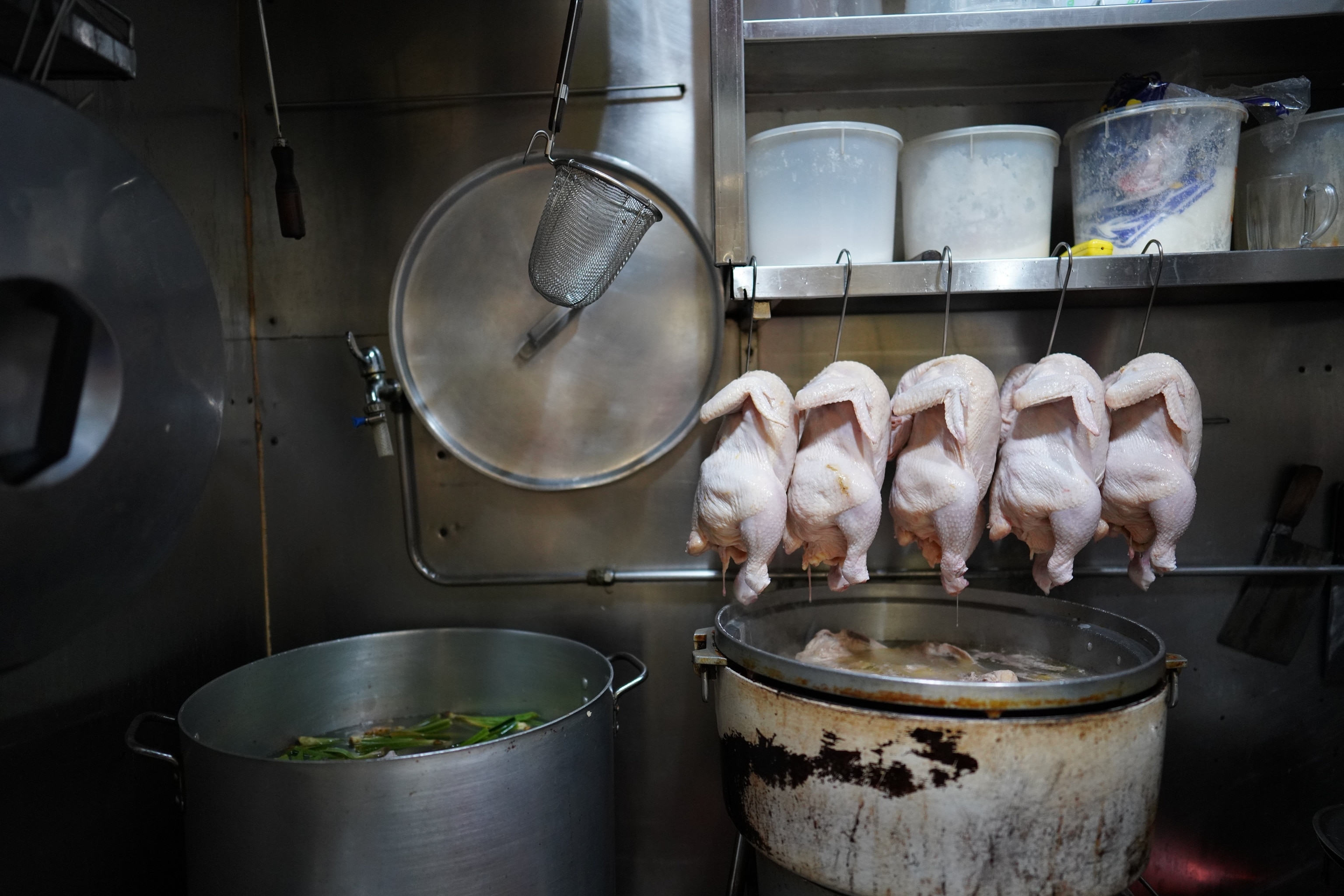
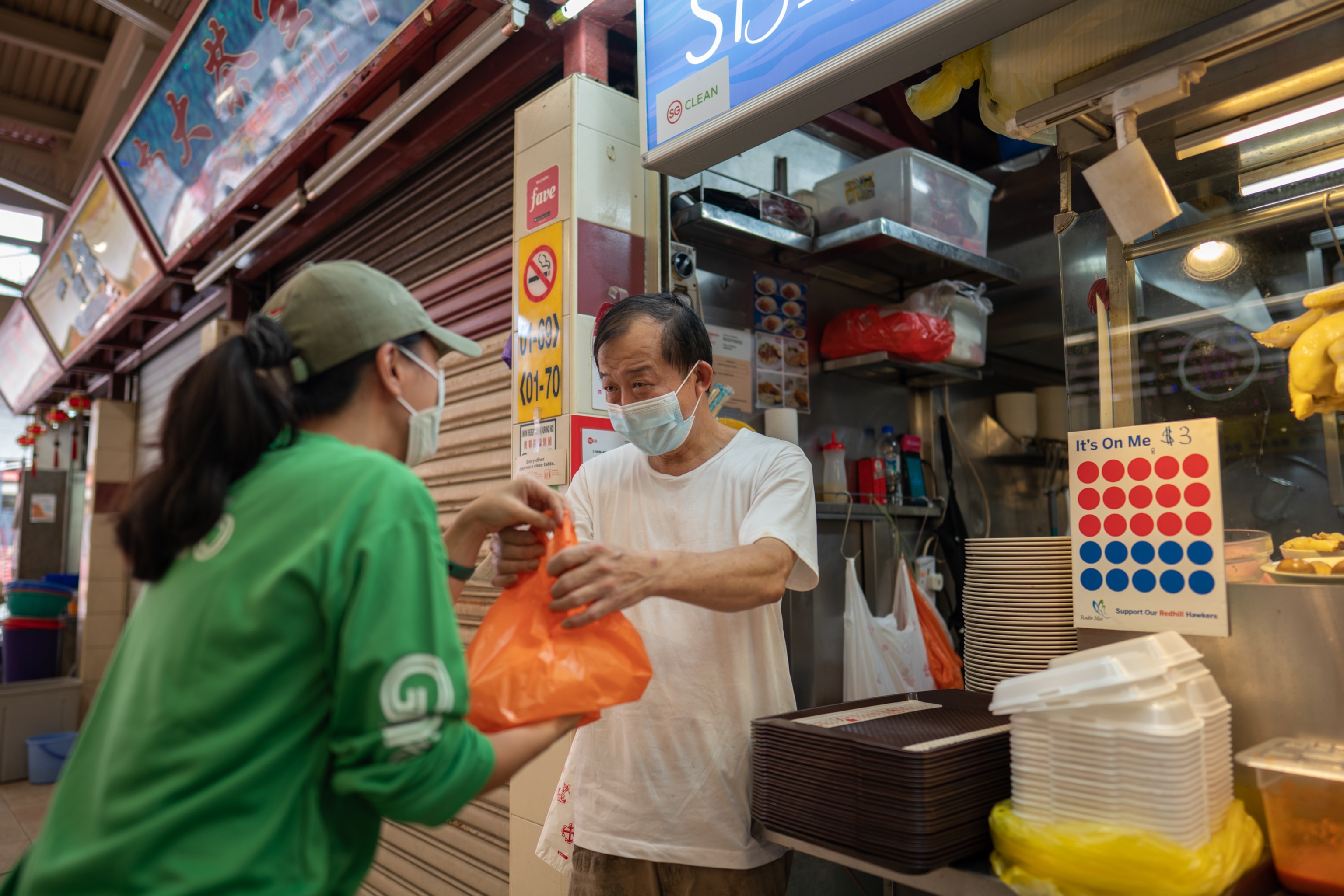
Mr. Tan’s customer base was fragmented when restrictions kicked in, but he didn’t give up. He understood the problem and got help from his wife and daughter to venture into new channels. He revived his business by digitizing when things looked bleak.
Joining the Grab platform gave hawkers other advantages, like having access to services like Mix and Match, which lets customers order food from different stalls within the same hawker center while only paying a single delivery fee. This was an enticing option for patrons used to ordering from multiple stalls when they physically visited their favorite hawker centers.
As the world slowly reopens, and hopefully returns to normal, superapps will continue to evolve to serve the needs of businesses and consumers. The adoption of technology is not going to slow down, and the opportunities that come with digitization will continue to be there for the small businesses that are willing to take the time to adapt.

